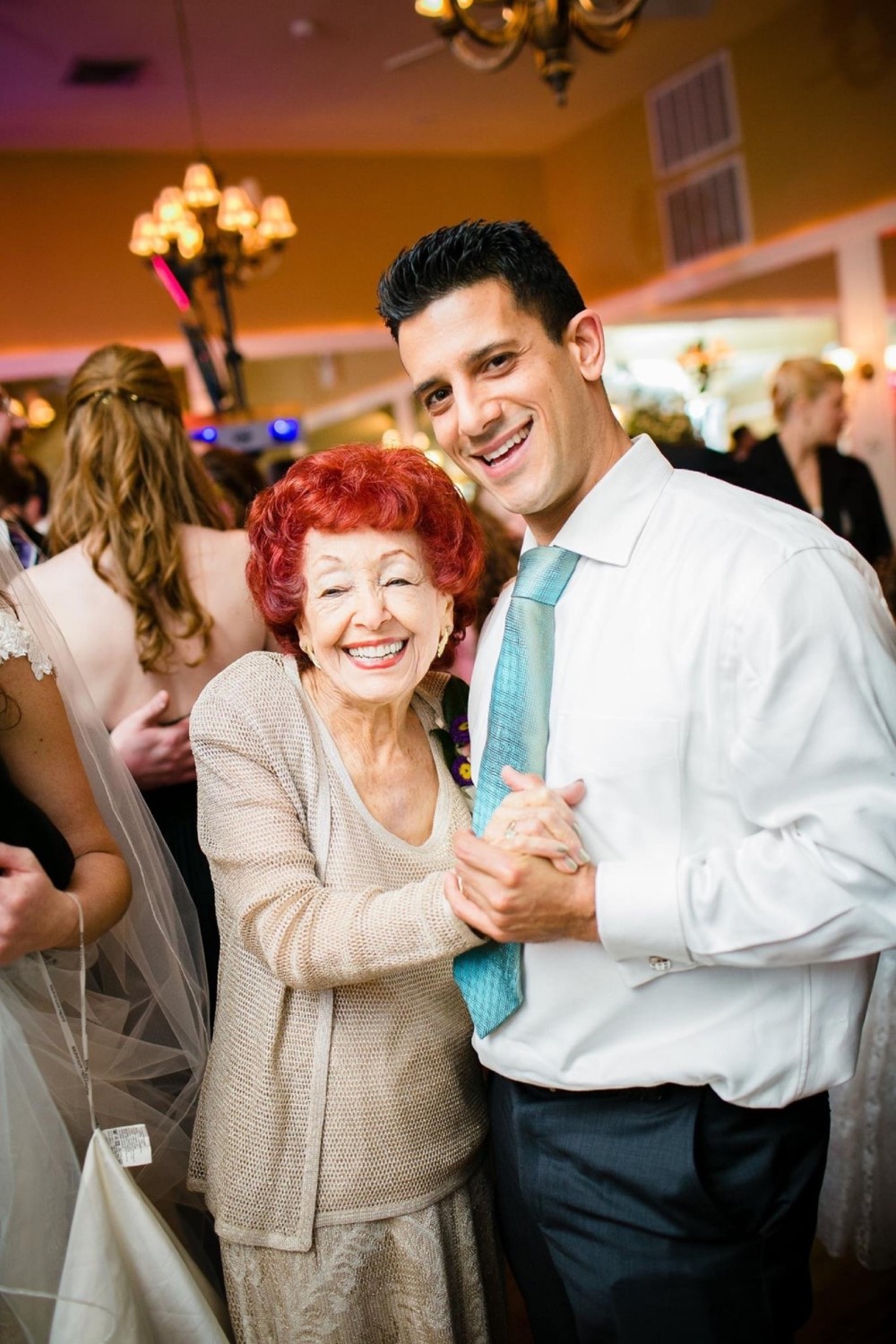30 Aug All In The Family: Men Are Doing Family Caregiving Too
Source: https://ledlightstation.com
When it comes to the typical American caregiver, most may envision a sweet, motherly, nurturing woman. They’d be surprised, then, to learn that 40 percent of America’s family caregivers are actually men. There are 16 million male caregivers in America, making up 2 of every 5 caregivers, according to a new groundbreaking study by AARP.
Historically, women have been expected to serve as primary providers of “caretaking” work, whether it’s parenting or caring for an aging family member or paid work in positions typically associated with women such as child-care providers, nurses, or health aide. Alternatively, men are often expected to be the primary breadwinners and play less of a role in the emotional or physical caretaking of a family. And men in caregiving professions that are most often fulfilled by women (e.g., nursing, childcare) are often seen as the exception. While the role of women as caregivers may have been true for much of history, gender roles and intergenerational dynamics are shifting and as Ai-jen Poo, director of Caring Across Generations, notes ‘continuing to associate caregiving with one gender does more harm than good.’...



